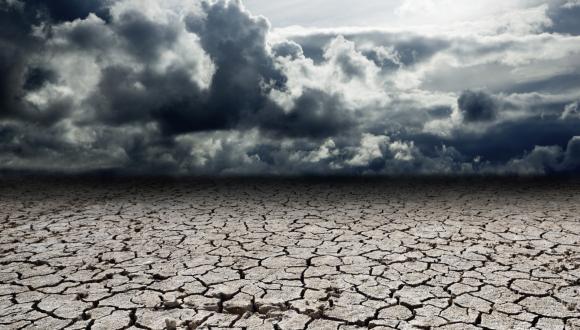The Physical Environment: Climate and Water Resources
The geographical–physical discipline deals with the physical processes of planet earth, focusing on the components of the natural landscape, aspects of climate, water and environment and their relation to the human environment.
Water Studies are led by the Hydrochemistry and Environmental Chemistry research group. This group is studying the transportation of various organic and inorganic micro- and nano-pollutants and their physical–chemical fate in various aquatic environments. The team is also working on identifying engineering–chemical solutions for removing these pollutants from the different water sources. The research is based on laboratory batch experiments and field study (pilots), in addition to quantitative analyses and experiments in the Hydrochemical Research Laboratory. The goal is to offer answers, based on empirical research, to various water-related problems, at both the local and the global level. The group’s research activities integrate procedures and methods of environmental chemistry with engineering concepts, turning them into practical engineering outcomes and applicable solutions. The researchers create a scientific platform to develop and apply innovative and original solutions for various contamination processes that continuously threaten the environment and human health.
The group’s teaching and research within the climatic field includes: synoptic climatology, regional climatology, climatic change, urban climatology, applied climatology and climate-adapted planning.
Research activities involve, for instance: synoptic climatological studies of weather systems and their formation, focusing on the Mediterranean Basin and the Levant; developing statistical models relating synoptic-scale atmospheric variables with local weather components, such as heat stress, precipitation etc., using downscaling techniques; studies investigating trends in temperature, precipitation, humidity and heat-stress regimes in the Levant and their relation to the synoptic factors and large-scale oscillations; investigating the urban heat island – its relation to the synoptic conditions and wind regime and its impact on urban planning; and meteorological aspects of air pollution, combining ‘climate to environment’ and ‘environment to climate’ approaches.
Teaching and research combine the physical, human, cultural, socio-economical and planning fields. For example, investigating the climatic–environmental aspects in urban planning of outside open spaces, focusing on thermal comfort within urban parks and the role of climatic and human factors.


